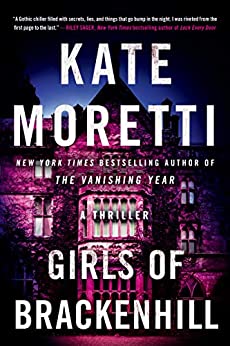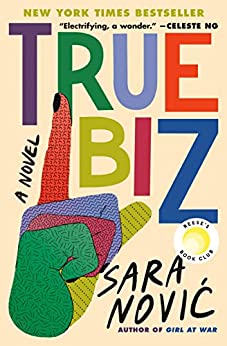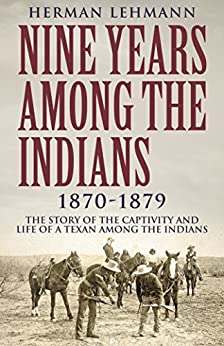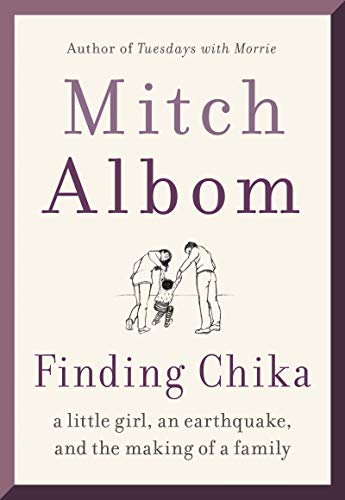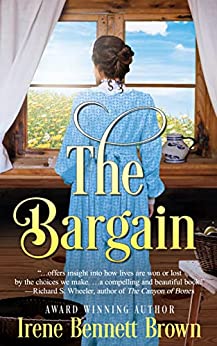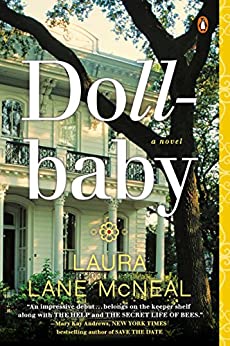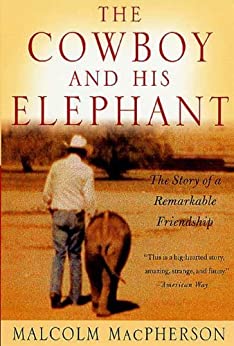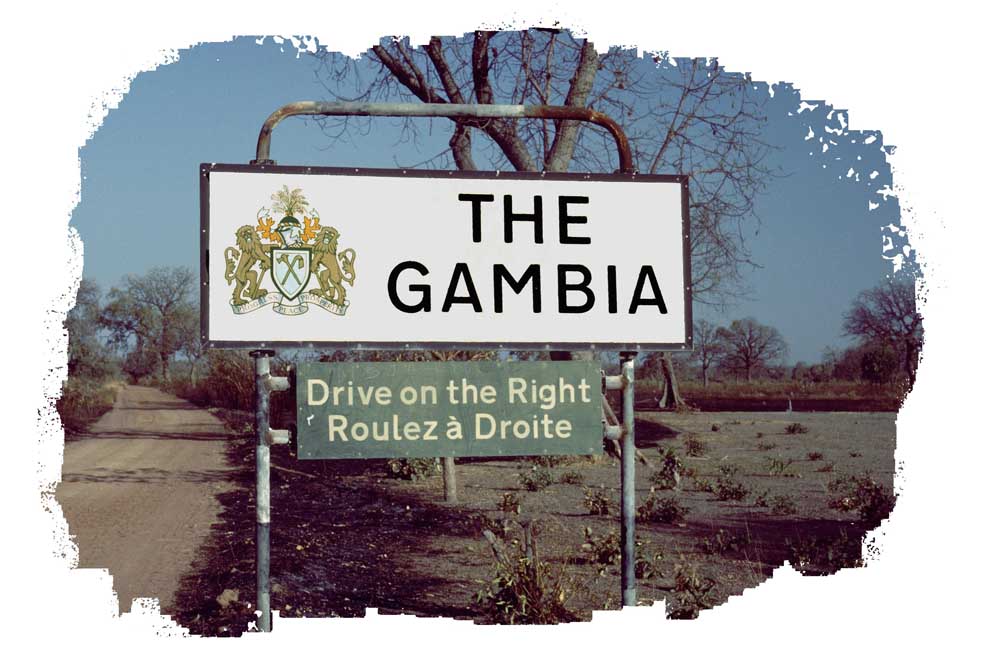Girls of Brackenhill by Kate Moretti is a gothic mystery set in a spooky run-down castle on a mountain top in the Catskills, Virginia.
Hannah Maloney rushes to Brackenhill after she learns her favorite aunt died when her car plunged over a cliff. As a child, Hannah adored the castle and the surrounding woods, but now she dreads returning to it. Hanna and her pretty older sister, Julia, spent many delightful childhood summers at Brackenhill with their aunt and uncle. It was a relief getting away from their aloof mother and abusive step-father.
For many years, the sisters were inseparable, but on their last summer’s visit Julia grew distant, didn’t want her younger sister to tag along, and rarely even spoke to her. Then, in the summer of 2002, Julia mysteriously disappeared. Hannah had not returned to Brackenhill since that tragic summer seventeen years earlier.
Now, when talking to town’s people, mysteries about the events surrounding the castle begin to surface. Hannah wants nothing more than to solve those mysteries and resume life with her fiancé. But as she delves deeper into that fatal summer, long-buried truths expose her repressed childhood memories.
The book toggles between the early summers visiting the delightful castle and seventeen years later when disturbing memories begin to surface after her aunt’s death, forcing Hannah to question the events of her last summer at Brackenhill.
Girls of Brackenhill is a gripping novel of depth. Descriptions of the castle and surrounding grounds are vivid, as are the various personalities of the townspeople. I was intrigued by this mystery of a castle, its ghosts, and long-buried secrets.


